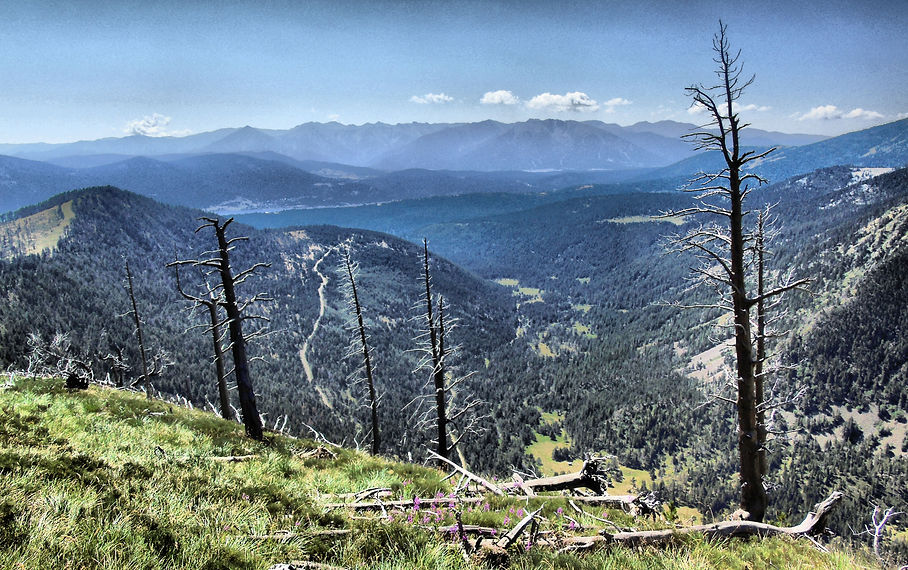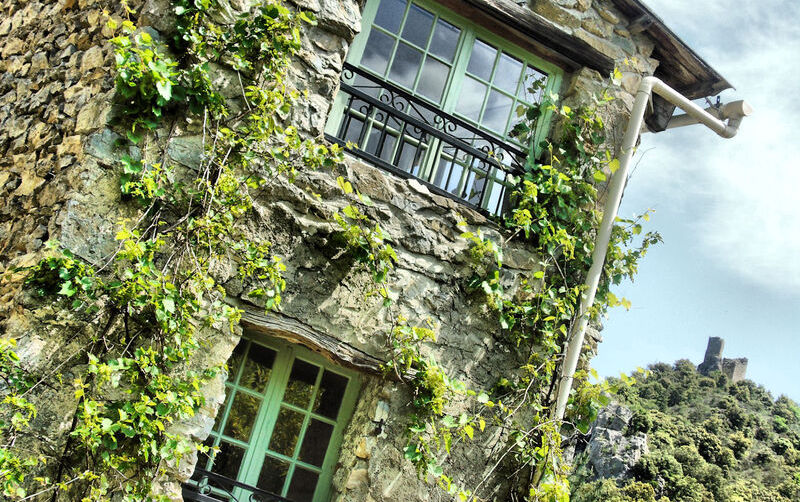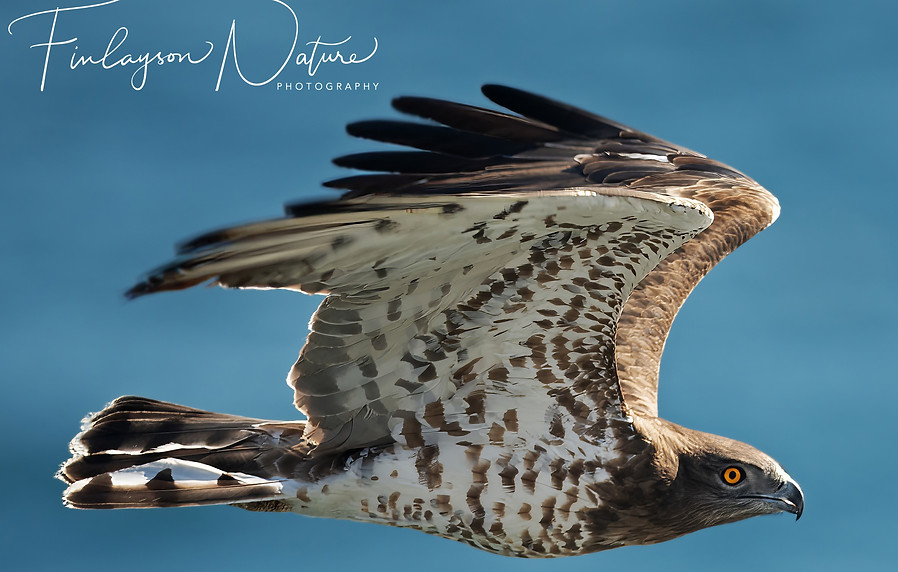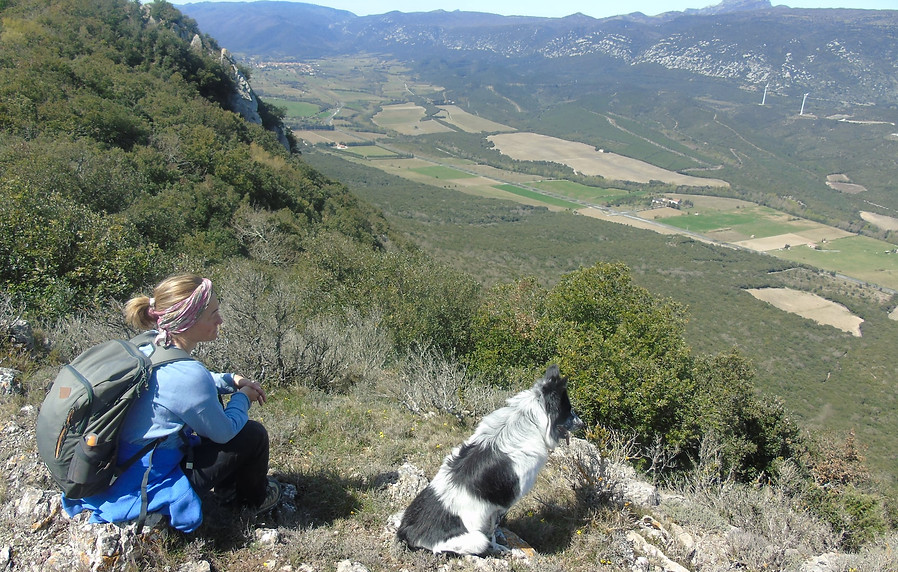Pyrenees Mountains2Med have been a Simply Gascony Working Partner sinceAugust 2022. Below this introduction you will find a fascinating, even poetic, article by Richard Prime about “The Pyrenees in Spring”.

Richard & Yvett Prime run Pyrenees Mountains2Med (M2M) and have lived in the wonderful, diverse Pyrenees for 16 years. Their home is in a beautiful, hidden valley near the village of Fenouillet in the Pyrénées Orientales. They offer their own self-catering accommodation and can recommend other rental properties for larger parties.


Close by their home are two ruined castles perched on rocky outcrops, a deep gorge with crystal clear pools, an ancient forest with a spectacular mix of tree types & micro-climates. In the adjacent main valley, there are multiple wine producers with much to taste, the Cathar story, deep gorges and rich natural beauty. This is an opportunity to explore with Richard & Yvett the extraordinary diversity & natural riches to be found in an ever-changing landscape as the Pyrenees march majestically towards the crystal-clear blue waters of the Mediterranean.
THE PYRENEES IN SPRING
By Richard Prime, January 2023
Spring, historically and each arriving year, brings a time of great movement, excitement, drama and change to the Pyrenees.
The Pyrenees form an imposing barrier to wildlife and humans alike. Geologically the long history of this mountain chain began with the collision of the Iberian and the Eurasian plates 65 million years ago. A similar clash, forces striving for supremacy, a battle for survival under extreme conditions has also been part of the long natural and human history within and either side of this chain. The passage, the traverses in both directions, north and south, of wildlife and humans has been ceaseless through the millennia. In the winter, the Pyrenees are a magnificent, if solemn, impassable barrier. Only the very brave few attempt to cross, to venture over the high peaks. During the dark, terrifying days of the Spanish Civil War and World War 2, significant numbers attempted that crossing. Many perished. For the natural world, it is the same. Few species brave the bitter cold, deep drifts, ice, between the jagged peaks. Bears sleep, restlessly. On a sunny day throughout the winter, they may still venture out. Bearded Vultures begin nesting in January, one tiny chick arrives during the deep snows of February. With these exceptions, little else moves. Like water, the movement across the Pyrenees is by the paths of least resistance. The lower parts, at both ends, and through some deep fissures that occasionally cross the chain. In February, or earlier, the first stirrings of spring can be seen. Snowdrops. Cherry blossom in the east. Orchids pushing through the snow. And then the beginnings of the great movement of nature. At Leucate (11) there is an observation post that counts the migration. Most non-sea birds do not like flying over open water, especially birds of prey. So each spring, clinging to the coastlines & avoiding the high peaks, thousands upon thousands of birds begin the long flight north from as far as regions south of the Sahara. One of the first to reappear is the Black Kite, one of the most numerous raptors in the World. More grey than black, but certainly darker than the Red cousin that is present all year. That said, the Red also migrates further north during the summer. So does the Common Buzzard, and many other species, large and small. Some stay still but many more don’t. A constant, surprising movement of local & international populations

Sparrowhawks & Honey Buzzards can be seen in large groups. In the inner valley passages such as the Cerdanya, the Ariege, the Val d’Aran, Cette-Eygun and the Pays Basque, the passage between and sometimes over the high summits can be observed in March and April and again in autumn. By early May, most of the returning birds have arrived, are indeed breeding. The Black Kites begin their return south in July. Two of the most spectacular visitors to the Pyrenees are Egyptian Vultures and Short-toed Eagles, whose principle diet is snakes. Egyptians, crisp white with a yellow face, are excellent scavengers, eating almost anything. All four European vulture species are found in the Pyrenees. The Griffon being the most numerous, ubiquitous, living in colonies, principally in Spain. The solitary Bearded Vulture seeks bones as its main diet component. The Black Vulture, the largest of all, mainly transits the Pyrenees.
Golden Eagles are found in relatively good numbers throughout the year. Ospreys are seen in spring on the eastern salt lakes. The beautiful Bee-eaters adorn any scene and Hoopoe are a wonderful addition, reasonably common. Cuckoos and Nightingales are also very audible. Golden Orioles also, shy but vocal. There also many other rarer Mediterranean and mountain species to be found. So spring is a veritable, exciting feast for the birdwatcher or for anyone to just take pleasure in the sounds and colours so beautifully presented by nature.
The other great migration, the human exodus, equally numerous on occasions, and also borne of necessity, a desperate urge, the need to flee, to seek refuge, freedom and to continue the fight, flight. As with the birds, also in both directions. But not as seasonal. The terror of the moment meant, as mentioned, that people attempted crossings all year, in deep snow, the heat of summer, violent storms. We take hiking groups along these same paths, but only during periods that allow safer passage. In the spring each year, we follow the old smugglers, freedom trails in eastern end of the Pyrenees. Here many tens of thousands fled north from Spain at the end of the Civil War. Up to 500 000 Spaniards crossed the border into France in 1939. France, already in turmoil politically and fearful of a coming war, of internal insurrection, struggled to cope with such numbers. This sad history still is a cause of pain and controversy. The fine, moving Camp de Rivesaltes Memorial Museum explains this episode extremely well.
Then, horrifically, World War 2 created the conditions for a reverse exodus. That natural barrier, the Pyrenees, again became both hurdle and doorway. The Pyrenees border area has always been fluid, inter-connected. Trade, friendship, love has always passed largely unhindered. That long history, the precise knowledge of the land, the weather, the safe places was to play again a crucial role in saving thousands of lives. In 1940, a huge mass of humanity fled south, towards the then free zone, many to Marseille. The coastline around the Pyrénées Orientales also became awash with those fleeing the Nazi wave that was sweeping all before it. In those early days, the border was reasonably accessible, passage attainable with the right documents and contacts. Back roads, shepherds’ paths were now again routes to freedom. Money changed hands, the mad scramble to escape began. Hundreds of soldiers left behind at Dunkirk had by then congregated at Marseille. Eventually plans were made to rescue these soldiers from the long, sandy beaches near Perpignan. This was the beginnings of the Pat O’Leary escape line, one of a many that would eventually enable 12000 allied aircrews to return to the fight.
Political prisoners, Socialists, Jews, working in camps such as at Le Barcarès, Le Mémorial des 3 Colonnes https://goo.gl/maps/vUFyDx62s4FWjtfJ7 took the opportunity to flee when the chance arose in those chaotic summer months of 1940. We spent a moving, emotional few days with US journalist Jessica Shaw in 2021 as she retraced her grandfather’s flight from Barcarès, and his eventual crossing of the border with his young family. Like so many, a story of courage, chance, joy, and horror. https://www.nytimes.com/2022/03/01/travel/holocaust-pyrenees-jewish-refugees.html
A similar path was also taken by Walter Benjamin, a German Jewish philosopher, cultural critic and essayist. Although he managed the crossing, he never attained his freedom. He tragically died in Port Bou. A path in his name follows the route he and so many others took during those desperate days. As the war and occupation progressed, so the efforts to close-off the Pyrenees, and thereby Europe, intensified. The relatively “easy” coastal routes were swifty closed, all routes carefully monitored. In Nov 1942 the whole of France was occupied, firmly put under the boot of Nazi authority. Escape became extremely difficult. Escaper and helper were under immediate risk of death. 3000 German security/customs/mountain specialist personnel were employed in the Pyrénées-Orientales alone in 1944. The escape routes became higher, remoter, more extreme. But that is another story.
The Pyrenees in spring are beautiful, colourful, vibrant, exciting. Days are warm, the roads are quiet. Restaurants, terraces are open. The beaches empty. There can be rain, snow still sits on the high peaks and should be avoided. I have chosen the theme of migration, movement, of barrier and haven for that is the true essence of the Pyrenees. A wild, unspoilt place, full of human history and endeavour. A proud bastion of freedom, haven and gateway.
If you would like any more information concerning the topics I have covered or about the Pyrenees in general, please do contact me. We provide self-catering accommodation in the Pyrénées-Orientales. Spring ‘23 Mediterranean Treks and other event throughout the year can be arranged through https://freedomtrailtreks.com/.

Simply Gascony comments:
The central section of the French Pyrenees was historically part of the Duchy of Gascony. Living in Gascony today we are always aware of this majestic mountain range stretching across our southern horizon. Because we have so little air pollution in Gascony, on a clear day it feels as though the jagged snow-capped peaks are within touching distance – and in fact they are only about two hours’ drive from most of our rental properties. Although we talk a lot about the Pyrenees in the context of winter skiing, there is a lot more to be enjoyed throughout the year in this beautiful landscape.
So, how about a ‘best of both’ holiday? You could rent a country house with Simply Gascony and during your time here make a planned trip up into the Pyrenees, just for the day or perhaps for a couple of days and a night. Or come to Gascony for a week and then continue with a week in the Pyrenees…
You will deal direct with Pyrenees Mountains2Med – we will simply provide you with the introduction.
Richard & Yvett Prime
00 33 6 16 22 66 53



